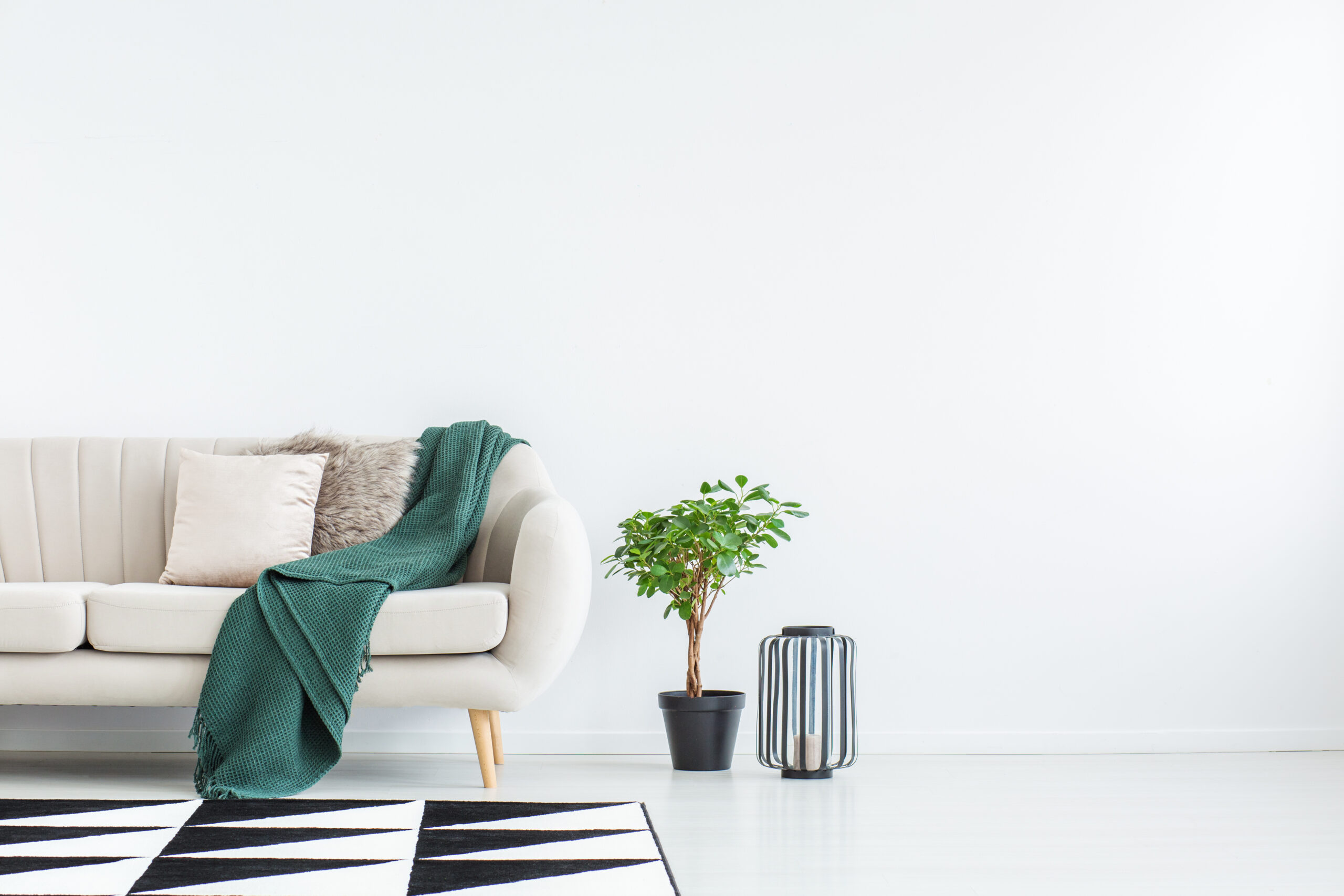Good airflow in your home is important. A variety of factors can impact it, from your air filter to your ductwork — and more. However, one influence that tends to get overlooked is room design. The way a room is set up can improve or hinder airflow through it. Here are a few room-design factors that can impact your airflow.
Furniture.
Pay careful attention to where your furniture is placed in a given room. Is it blocking your air vents? If you put a large chair or couch near a vent, air can’t flow freely through the room. Likewise if you have an area rug, don’t place it over a floor register. Make sure all furniture, artwork, and other decor elements are positioned so that your vents can still give you a good air current without obstruction.
Windows.
Fresh, outdoor air is the best way to improve your indoor air quality. One open window can provide a nice airflow. However, in an ideal room design, you should have two open windows. Air flows into one window and out the other. This improves air circulation and ensures you have a constant supply of clean, fresh air in your home.
Fans.
A ceiling fan is a great addition to any room design. It works in conjunction with your windows to improve air circulation by keeping the air moving. Fans draw fresh air in and blow stale air out. If a room has only one window, adding a ceiling fan can help make up for that fact. Fans also help keep rooms cool in the summer and save energy.
Walls.
Walls are one of the most important room-design elements when it comes to airflow. The more open a house is, the better air can flow through it. A lot of walls can obstruct that air and keep it from getting to the rest of the house. If you’re remodeling your home, consider removing any unnecessary walls to improve airflow.
To learn how room design can affect other home-comfort issues, contact us at Ace Hardware Home Services. We provide quality HVAC solutions to the Dayton area.








